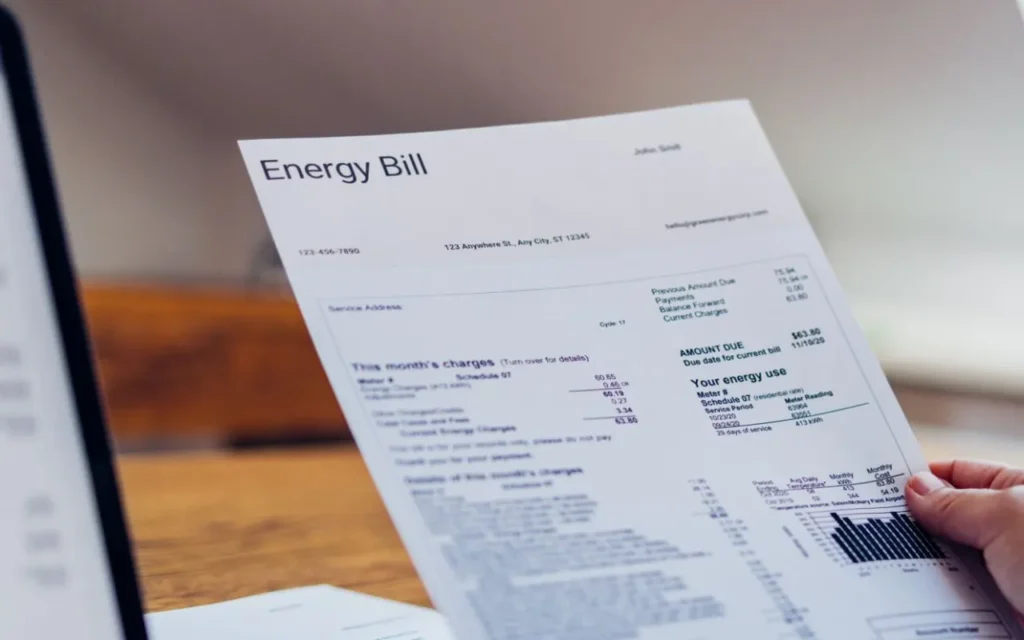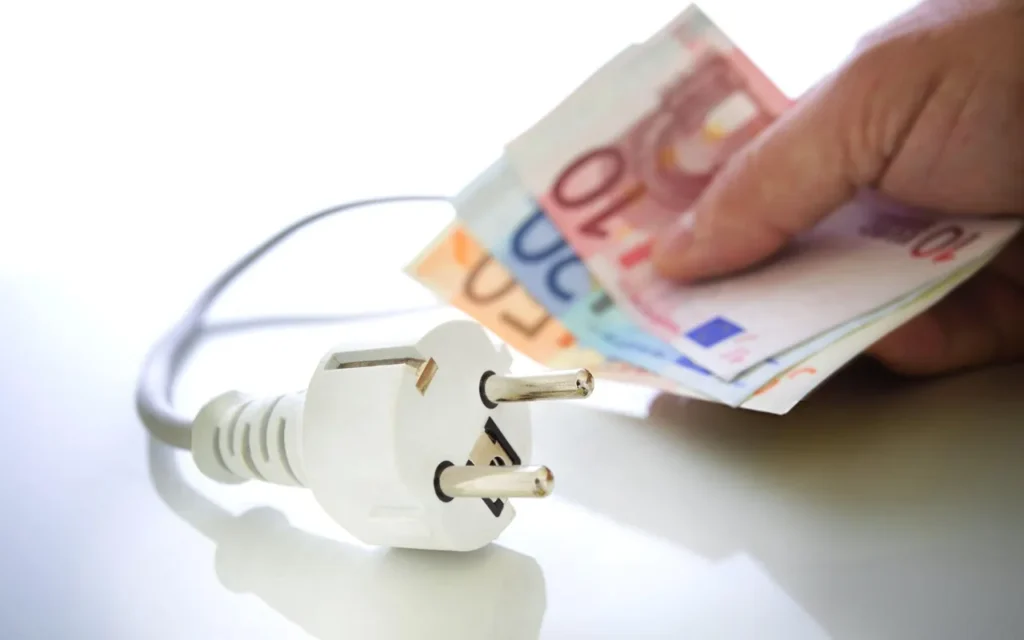Most Americans don’t know this one hidden device setting is spiking their electric bill. Learn how to stop wasting energy and save hundreds each year.
You’re paying extra — and you don’t even know it.
That monthly electric bill giving you a panic attack?
Don’t blame the AC.
Don’t even blame your new smart fridge.
Blame your devices, and more specifically — a sneaky little thing called “phantom load”.
That’s the electricity your gadgets are sucking even when they’re off.
TV? Off? Still using power.
Laptop charger plugged in but not charging? Yep, still draining.
Microwave showing that glowing “12:00”? That’s costing you.
But here’s the real kicker: there’s a simple setting buried in many of your devices that could slash your power bill — and almost no one knows about it.

What’s the Setting That’s Stealing Your Money?
Let’s cut right to it.
It’s called:
“Standby Mode” or “Always-On Mode”
(Sometimes listed as: “Quick Start”, “Instant On”, or “Sleep & Wake”)
From smart TVs to gaming consoles to routers and even your coffee machine, this setting keeps electronics in a “ready” state — so they wake faster.
But at what cost?
According to the U.S. Department of Energy, standby power use accounts for 5–10% of residential electricity use in the United States.
That can mean an extra $100 to $300 per year, depending on how “smart” your home really is.
And here’s the kicker:
Most people never check their device settings after plugging them in.
That means the default “fast wake” setting stays on, draining energy every second of the day.
Let’s Talk Examples
Let’s say you have:
- A 55-inch smart TV (uses ~25W in standby)
- A gaming console (PS5 uses ~20W in instant-on mode)
- A smart speaker (like Echo or Google Nest ~3–5W on standby)
- A microwave with digital clock (~3W constantly)
- A printer in “sleep” (~10W)
Just these few items can cost you $150-$200/year in electricity if left “on standby.”
Now multiply that across the 40+ electronics the average U.S. household has, and suddenly that $300 spike in your energy bill makes sense.
Why Do Manufacturers Enable It?
Simple answer?
Convenience.
That “Instant On” feature makes your TV boot faster.
Your Xbox logs in quicker.
Your smart devices react without a delay.
And you? You never think twice.
It feels like magic.
Until your energy bill lands with a thud.
Here’s the dirty little secret: manufacturers want glowing reviews for “speed” and “smart” responsiveness — even if it quietly drains your wallet.
How to Check and Fix It (Without Being an Engineer)
TV:
- Go to Settings → General → Eco Mode or Power → Standby
- Disable anything that says “Quick Start” or “Instant On”
- Enable “Power Saving” or “Auto Off”
PS5 or Xbox:
- Disable “Rest Mode”
- Set “Auto Power Off” to 30 mins
Smart Speakers / Displays:
- Use the mobile app to find “Power” or “Sleep” settings
- Turn off “Always Listening” if you can live with that
Computers / Laptops:
- In Windows or Mac, adjust sleep timers
- Shut them down instead of sleep if idle overnight
What If I Want to Keep Standby On?
That’s fine — just be smart about it.
If you use a smart power strip or plug, you can:
- Cut power automatically when device is off
- Group devices (like TV + speakers + console) to power down together
They cost $15–$25, and you’ll make that back in 2 months.
The Real Cost (and Who It Hurts the Most)
It’s not just rich people in smart homes getting bit.
Low-income households suffer more — because they:
- Often use older devices (less efficient)
- Can’t afford energy audits
- May rent homes with no control over setup
And guess what?
Electricity costs are rising across the U.S., especially in cities like L.A., New York, and Miami.
Utility companies are charging peak pricing — meaning your “phantom energy” is draining you more during expensive hours.
Also Read
Is There a Conspiracy Here?
Some critics say yes.
They argue that:
- Big tech companies prioritize speed and convenience over efficiency
- Utilities quietly benefit from excess consumption
- The public isn’t educated on energy literacy
The truth is: you were never told.
And now you’re paying for it.
What to Do?
Take 15 minutes.
Walk around your home.
Check every screen, every console, every “smart” anything.
Look for:
- “Quick Start”
- “Instant On”
- “Standby”
- “Sleep Mode”
- “Eco Settings”
And disable what you don’t need.
It might feel small — but if every American household turned off these hidden settings, we could shave billions off national energy usage.
And maybe your next bill won’t feel like a horror movie.
